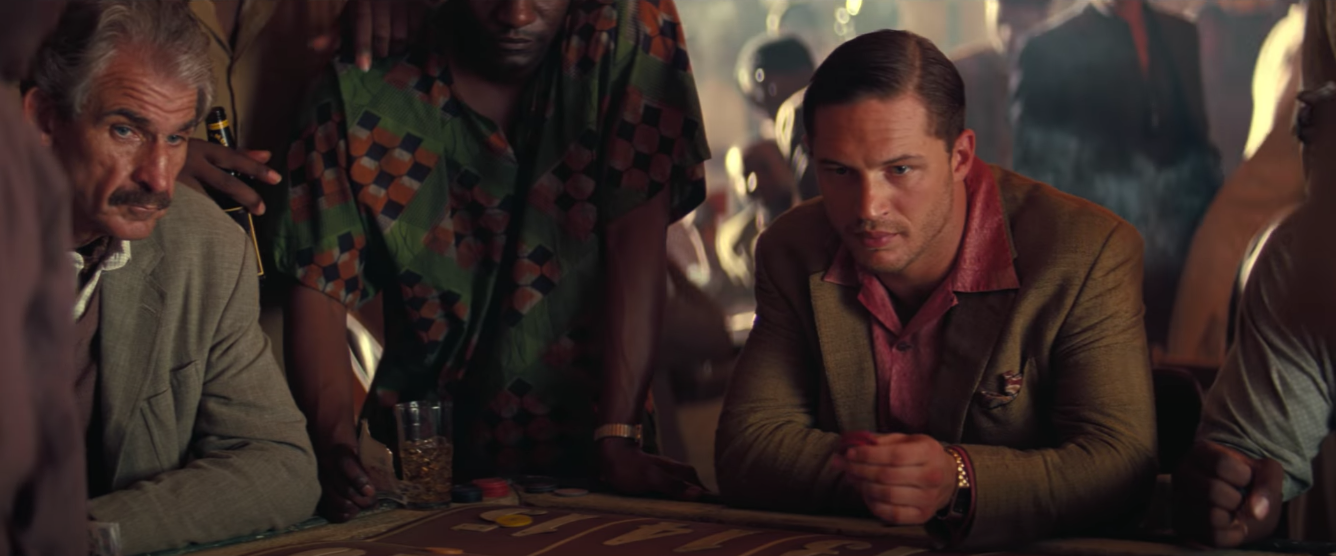
Paul said, “We had three shots like this. Chris asked them to slow it down to 700fps. It had been captured at 24fps from a hard mount on the nose of a following vehicle, included practical rain, lots of motion blur and bouncing cars. Likewise, a shot showing a car skidding around a corner in a rainstorm, throwing the passengers around inside, proved to be a nightmare for the team. What caused Shake the most problems were shots with many crossing layers, such as when Cobb, the main character, splashes into a tub of water. But when the original shot contained motion blur, the results retained the blur, which usually had to be painted out.”
#Inception we need to go deeper scene software
The software locked onto the shapes and let us slow the frame rate right down. We found that shots of clearly defined shapes against clear backgrounds worked well. “Tests shot with normal and high-speed cameras were taken into Shake. “In preproduction, we had experimented with how far we could slow down footage shot at different frame rates,” Paul said. The particles were generated in Houdini and Maya and with RenderMan and Double Negative’s renderer, DNB. The scene was meant to take place in rain, but since practical rain would have been impossible to set up over the set, the team composited CG rain over the top of the scene as a particle animation, contributing to the impression of slowed time. When Chris wanted to slow the fall even further than the film rate would allow, the visual effects team retimed the footage inside Shake to give a result that could have been achieved with footage shot at 2000fps. This was important to show the variable rates of time from one part of the dream to another.” “They typically shot at 360 to 700fps, which meant time could be slowed down to a crawl, giving the impression of a van suspended without gravity.

These falling vehicles were shot with a Photo-Sonic 4ER, a film camera that loads standard film but can shoot at frame rates up to 1200fps, and a Phantom digital camera, able to shoot up to 4000fps. To produce a protracted sequence in which a van holding all of the film’s main characters tumbles slowly from a bridge into a river in super slow motion, the special effects supervisor Chris Corbould and his team rigged real vans and fired them through the crash barrier off the Commodore Heim Bridge at Long Beach near LA, an old bridge built in the 1940s that Paul described as looking like “the Eiffel Tower turned on its side and painted green”.

The team then adopted this style as a cue for any shots that had to be completely CG. Making unreal events feel as real as our dreams feel was very challenging.”Īs unreal as the effects sequences appear, he noted that what they all have in common is Chris’ preference for capturing as many real elements as possible in camera, such as massive special effects and stunt performances, before deciding on what visual effects will be needed to extend and enhance a scene.

In this case, the characters as dreamers manipulate the world around them in order to carry out the ‘dream heist’ they are committed to setting up. “Chris always demands absolute photorealism in effects. Paul had already worked with Director Chris Nolan on two of the Batman films, ‘Batman Begins’ and ‘The Dark Knight’. According to VFX Supervisor Paul Franklin, nearly all of them required tight collaboration between the special effects and visual effects teams. Double Negative created all of the visual effects for ‘Inception’, roughly 500 shots in the final film.


 0 kommentar(er)
0 kommentar(er)
